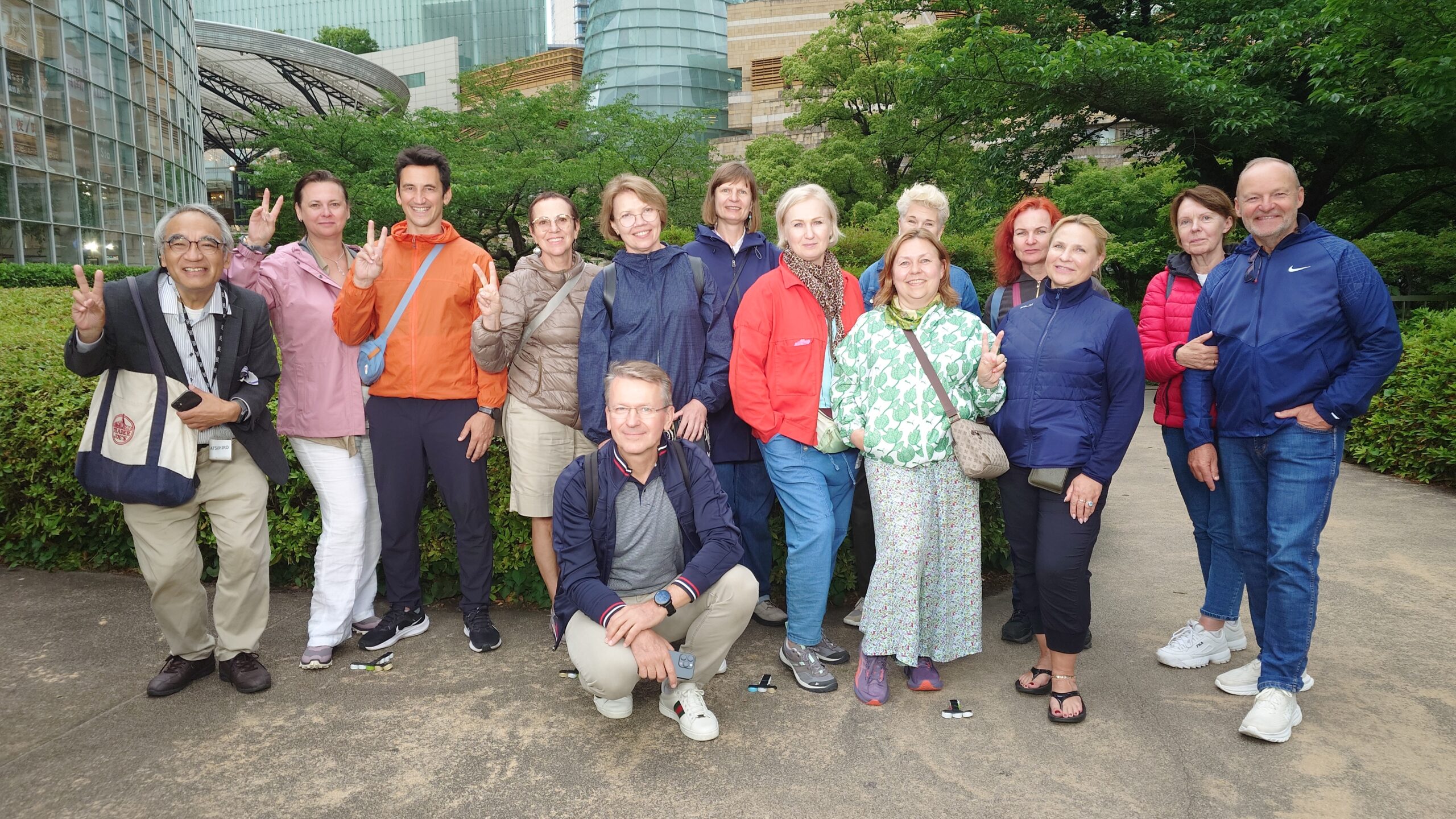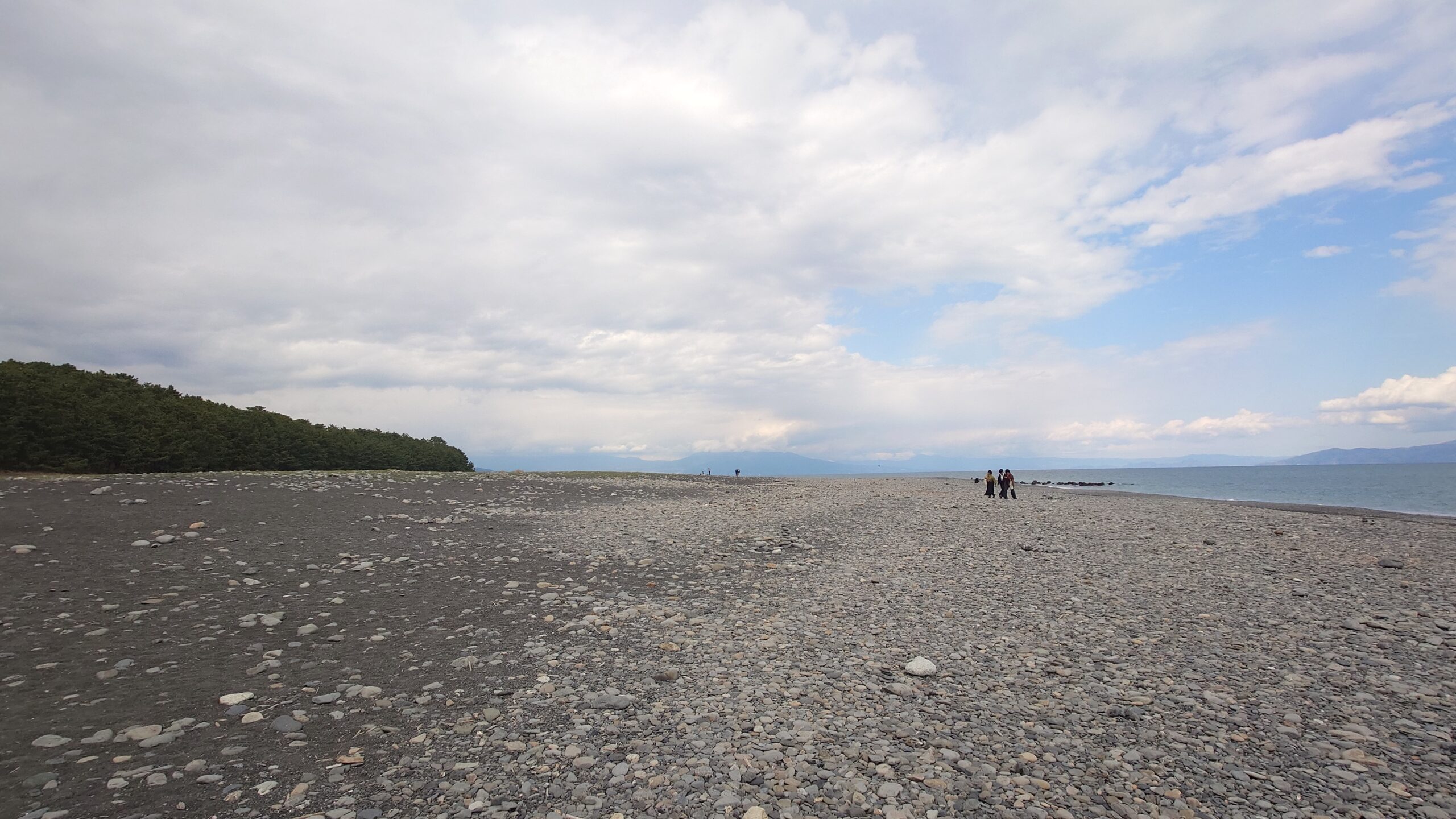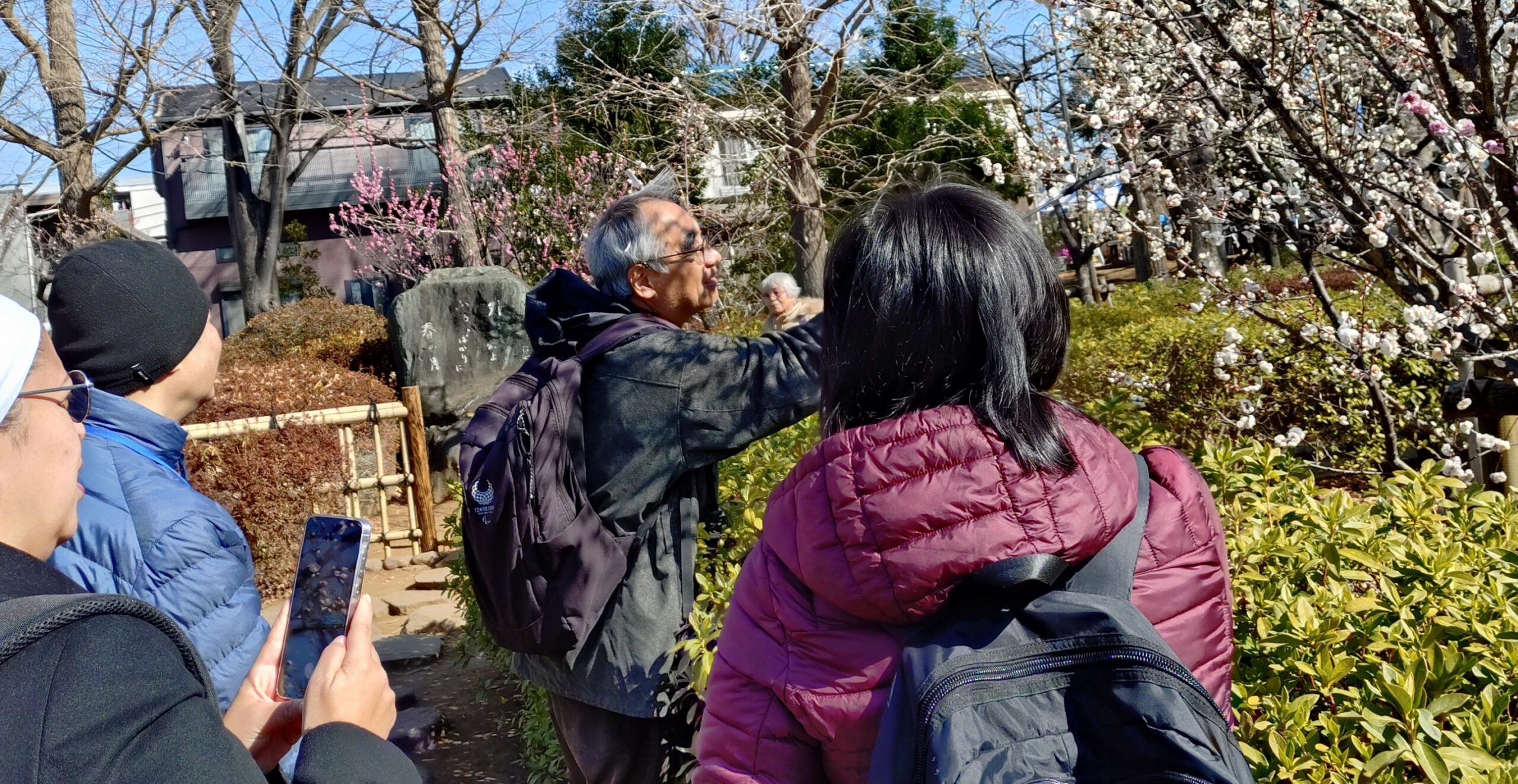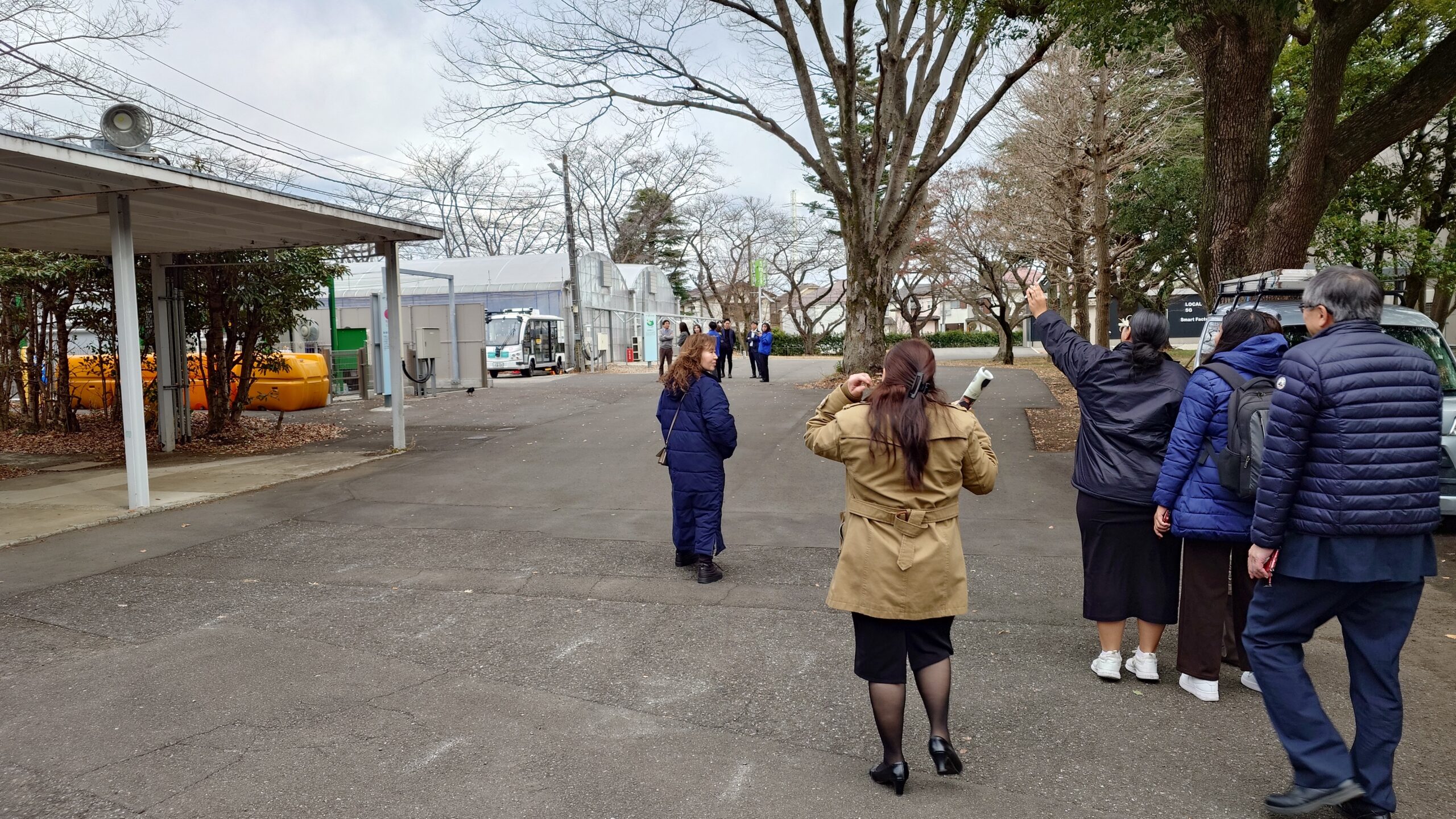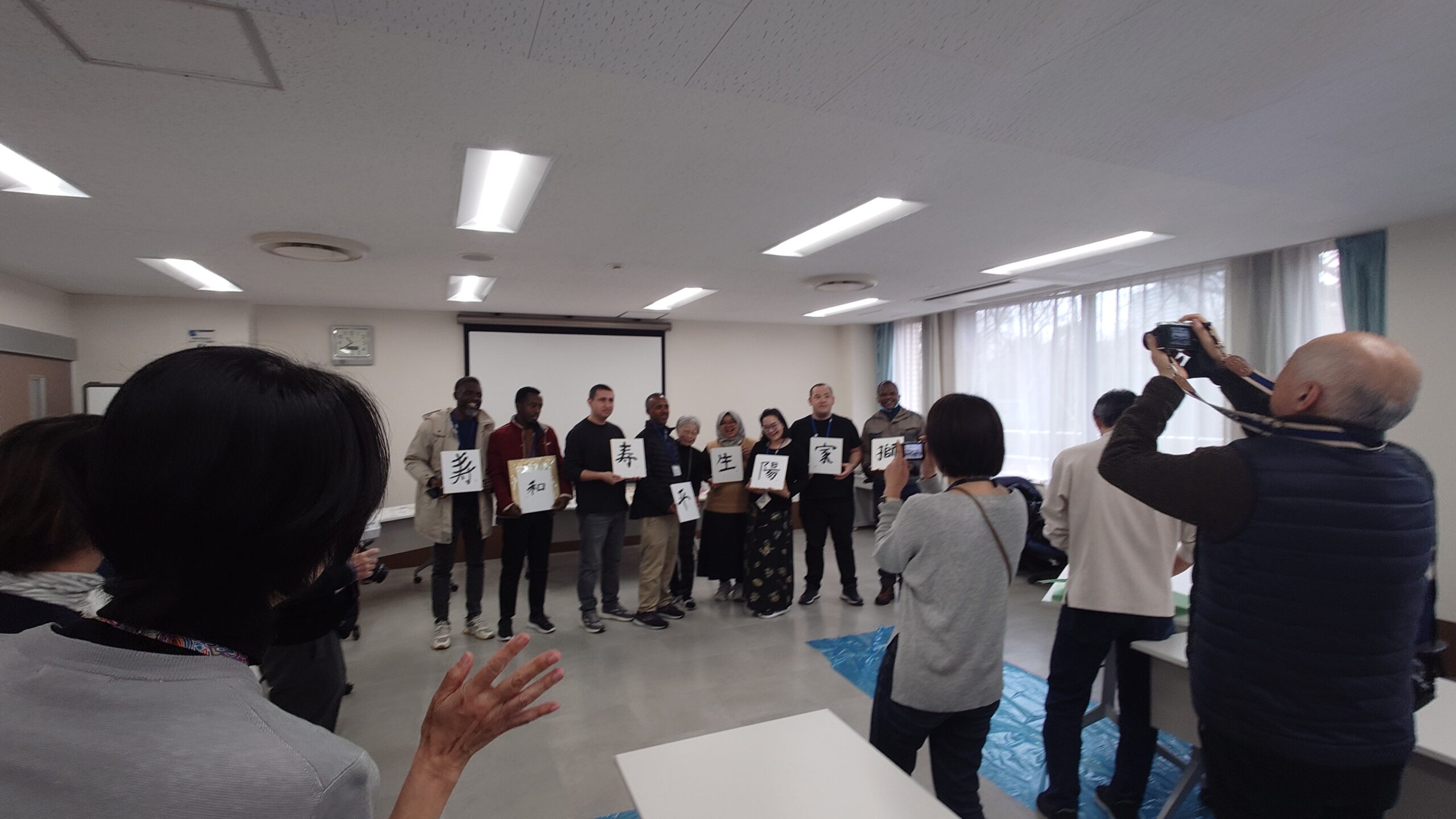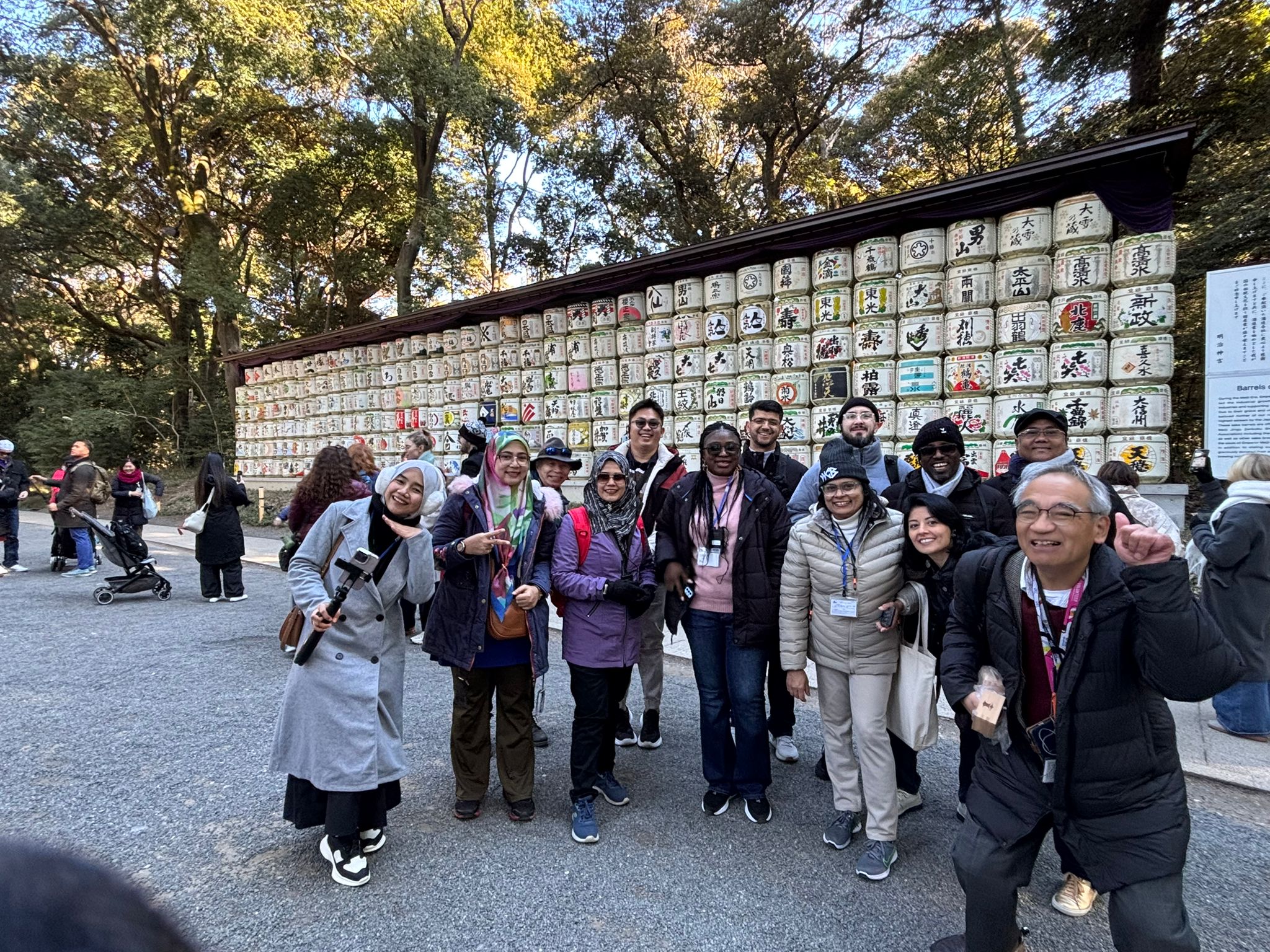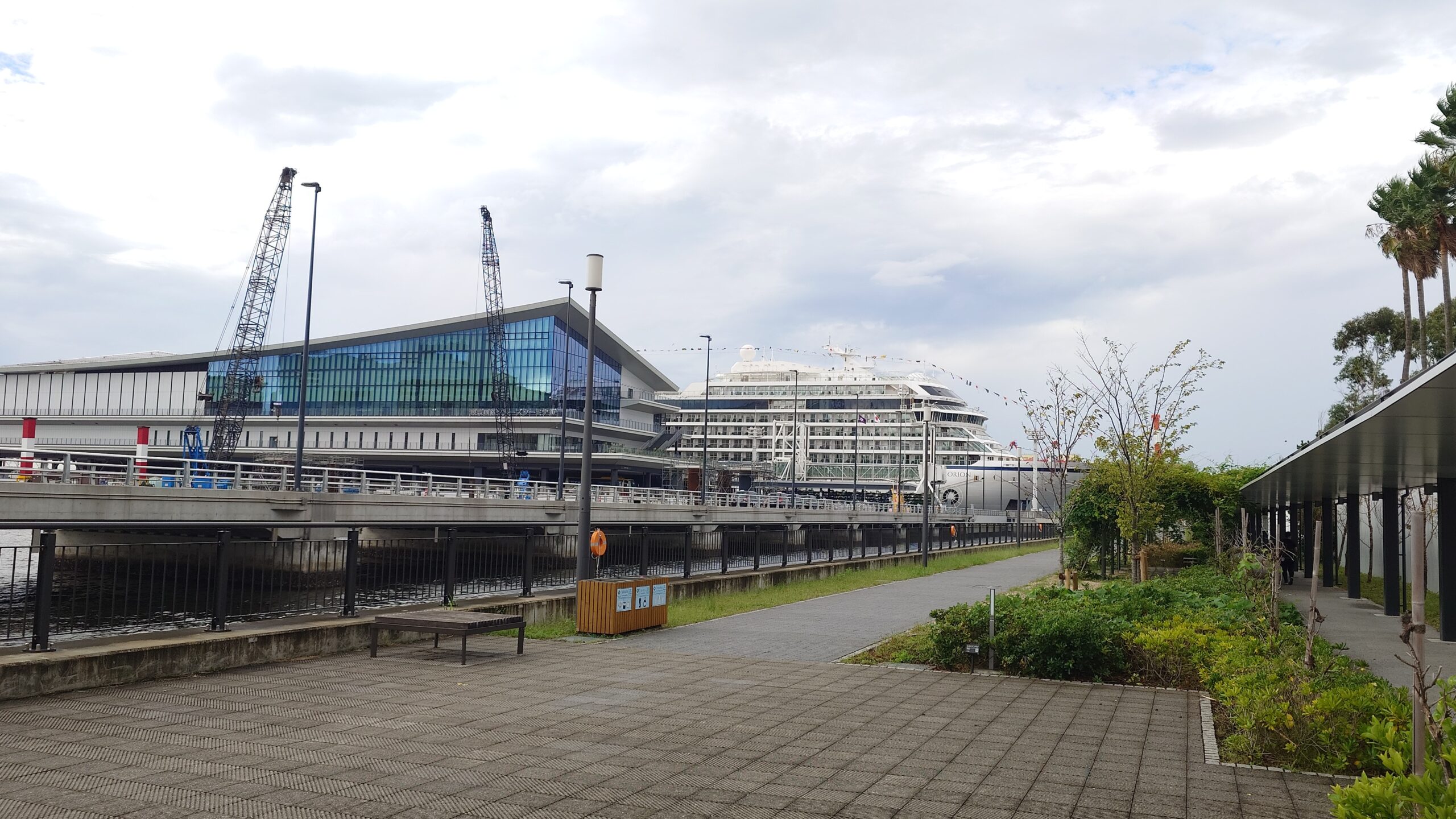Guiding a group of tourists from Lithuania in modern Tokyo’s tourist’s spots
Date: 19th May 2025
Today, I guided a group of guests who arrived at Haneda from Okinawa on a tour of Tokyo and then took them to the hotel.



The 13 Lithuanian guests who arrived at Haneda Airport were first taken to TeamLab Planets Toyosu. The original plan was to arrive at TeamLab at around 2:30 p.m. and have them enjoy themselves at their leisure for about two and a half hours, as instructed by the travel agency. On the bus to the first destination, the veteran tour leader requested me that they would go to Roppongi Hills early, so that they could get to the hotel early, since two hours on site is enough. In addition, we would arrive at the destination about 30 minutes early, so more than about an hour early.
For the time being, I had the guests enjoy themselves at TeamLab, and in the meantime, I was going to call Roppongi Hills and negotiate. However, it seems that it is difficult to enter Roppongi Hills earlier than the reservation time.



Therefore, after consulting with the bus driver, we slightly changed the route from Toyosu to Roppongi, and headed to Roppongi Hills, slowly going around Ginza, the Imperial Palace, Kasumigaseki, and the front of the State Guest House. However, we still had more than 30 minutes before the entrance time, so I decided to take a walk around the Mouri Garden below Roppongi Hills while explaining about it. Just when we were at the Mouri Garden, a TV station was preparing for a live broadcast, so we could quickly take a commemorative photo there, and everyone enjoyed it.
This tour was arranged by a Japanese travel agency.
Review from the guest (by Team leader)
The guide arranged the team’s requests and responded flexibly, and was flexible in explaining various things, so we were able to rely on him for our trip. We are grateful for the guide’s flexibility (tour leader).
